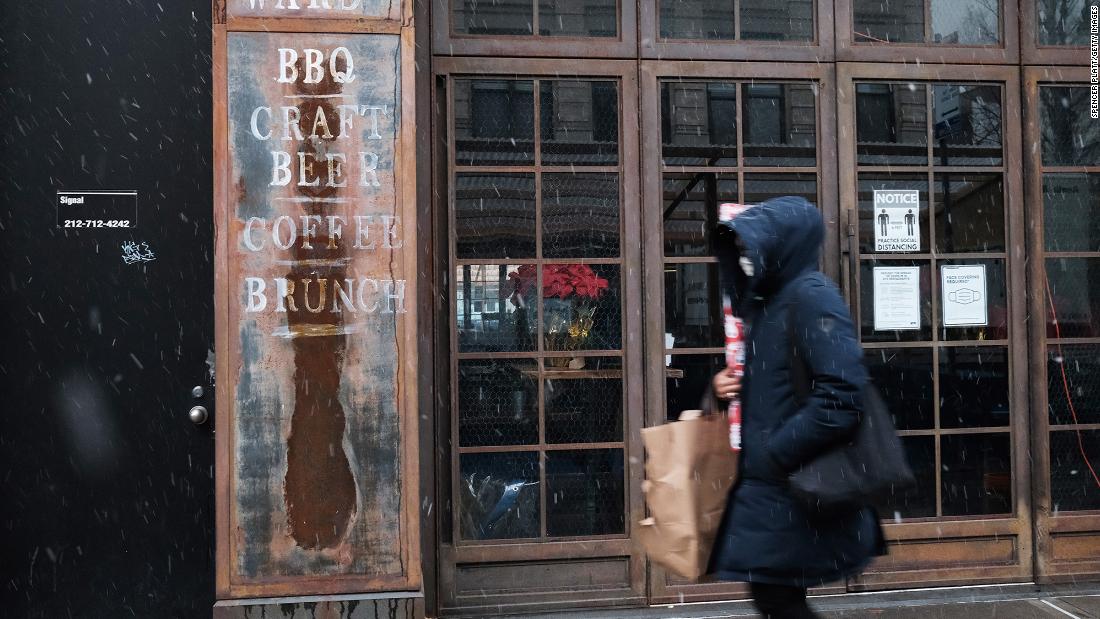Retail companies like Georgie Lou’s Retro Candy store in Carlisle, Pennsylvania, are likely to receive the same amount of money they received in the spring – which only lasted a few months at Georgie Lou’s, leaving owner Stephanie Patterson Gilbert in charge of sorting things out for herself. ever since.
“It’s useful, but none of that will save a business at the end of the day,” said Gilbert.
Its revenue has dropped 75% compared to 2019, probably making 2020 its worst year since it first opened more than a decade ago. It has kept its business closed to customers who entered during the pandemic and is only taking orders online.
“The only thing that will save small businesses is going through Covid,” added Gilbert.
What happened to the first round
The first round of forgiving loans was disbursed between April and August. Lawmakers created the Paycheck Protection Program to help small business owners stay afloat while some states and cities imposed restrictions on closure to help prevent the spread of the coronavirus.
The program closed for new applications in August, even when coronavirus cases began to resurface. It was extended after the initial rush to obtain financing turned into an effort to find borrowers, in part because of the rules around loan forgiveness.
It was already clear that the economy would not return to normal quickly. Still, Congress allowed aid to expire, despite bipartisan support to open it again. Small business owners waited another five months before lawmakers passed legislation to reopen the program.
Local organizations in communities across the country have tried to help fill the gap in recent months by soliciting donations. In Carlisle, a group of merchants is raising money to buy gift cards from neighborhood businesses, which in turn are donated to frontline workers or local charities.
What’s in the new version?
Several changes proposed by Republicans and Democrats, including President-elect Joe Biden, reached the final bill approved in December, creating a program that targets the most needy businessmen. Employers with more than 300 workers are excluded from the second round. Lawmakers also raised $ 12 billion for minority-owned companies. Restaurant and lodging companies can now apply for larger loans, equivalent to 3.5 times the monthly payroll.
But for others, the size of the loans will remain the same, based on 2.5 times the average monthly payroll expenses as they were before, although the economy is unlikely to return to normal in the spring.
Since the summer, small business revenue has continued to decline. It is currently 32% lower compared to the previous year, and the number of small, open and operating companies has fallen by almost 30%, according to Opportunity Insights, a Harvard University project that tracks the recovery.
How the money will go
The loan program was reopened for some creditors on Monday, about three weeks after Congress approved the bill. During the first few days, only community financial institutions, which work mainly with very small and often minority companies, will be able to make loans.
Other lenders will likely have to wait until next week, in an attempt to give small stores that they did not receive last time, when the system was invaded by large companies in the beginning.
“It is not a silver bullet for small businesses. But they can get a lot of their applications before the system gets overwhelmed,” said Jeannine Jacokes, CEO of the Community Development Bankers Association.
.Source
Related
